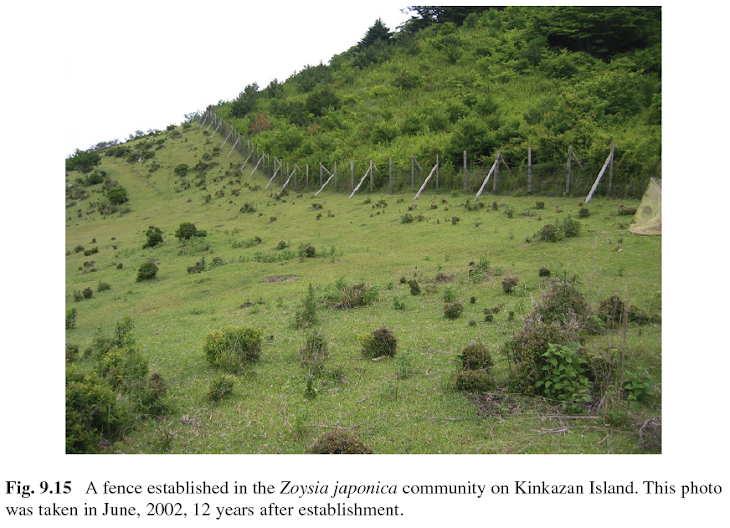Ron Lichtie doesn’t need to conduct a head count to know the deer population around Hixon Forest is well above what the area can support. The high browsing lines, shrinking plant diversity, and high number of deer versus car collisions are clear signs, said the wildlife biologist with the Department of Natural Resources.
Unchecked, the overabundance of deer will only worsen, he said, putting people, the ecosystem and deer themselves at risk.
Lichtie has presented that assessment, along with data from a 2007 aerial survey of the forest, to the La Crosse Board of Parks Commissioners.
“I truly believe that we have maybe a decade to get the deer population under control before we will be suffering ecological damage that may not be repaired,” he said in an interview Thursday.
The board now will form a committee to consider control methods, lethal and non-lethal.
“It will be very controversial,” said commission member Dorothy Lenard said. “We realize that.”
Wisconsin has an estimated 1.6 million to 1.8 million deer, of which about 500,000 are taken through hunting each year.
It’s not a new problem, or a unique one, said Lichtie. But he’s been called a “bloodthirsty killer” when he’s raised the issue of control in the past.
“I didn’t get into this profession because I hate deer,” he said. “Some people just don’t want to look at the science that’s out there.”
Hixon Forest should have 10 deer per square mile that winter there, Lichtie said. But an estimated 84 to 118 deer per square mile can be found in one section of the forest, according to the report.
Sooner rather than later, the community has to determine what level is acceptable, he said.
Birth control is not permitted in the state because it carries the risk of unintentionally passing the drug on to other wildlife, he said.
Wisconsin also prohibits relocating deer to avoid potentially introducing health problems, such as chronic wasting disease, into other areas.
Lethal control measures could include regular season hunting, special hunts, sharpshooters and trapping and euthanizing the deer.
In 2006, La Crosse County authorized a managed hunt with disabled hunters on Goose Island.
“Everyone’s just afraid to go that direction,” Lenard said. “Nobody wants to kill animals, but they’re actually destroying Hixon Forest, and we don’t want to lose that, either.”
A 2004 ecological inventory of the 800-acre forest found some of the most common plant species absent from some areas.
Forest experts estimated up to 60 plant species already may have been lost to deer browsing, Lichtie said.
Without intervention, the forest will continue to degenerate and biodiversity will suffer, he said, adding it can take decades for the forest to naturally regenerate.
The deer can become susceptible to starvation or disease and the population could collapse altogether, Lichtie said. “We have a responsibility to do something about that,” he said.
Source: http://www.lacrossetribune.com/articles/2007/09/28/news/02deer0928.txt
Subscribe to:
Post Comments (Atom)




No comments:
Post a Comment